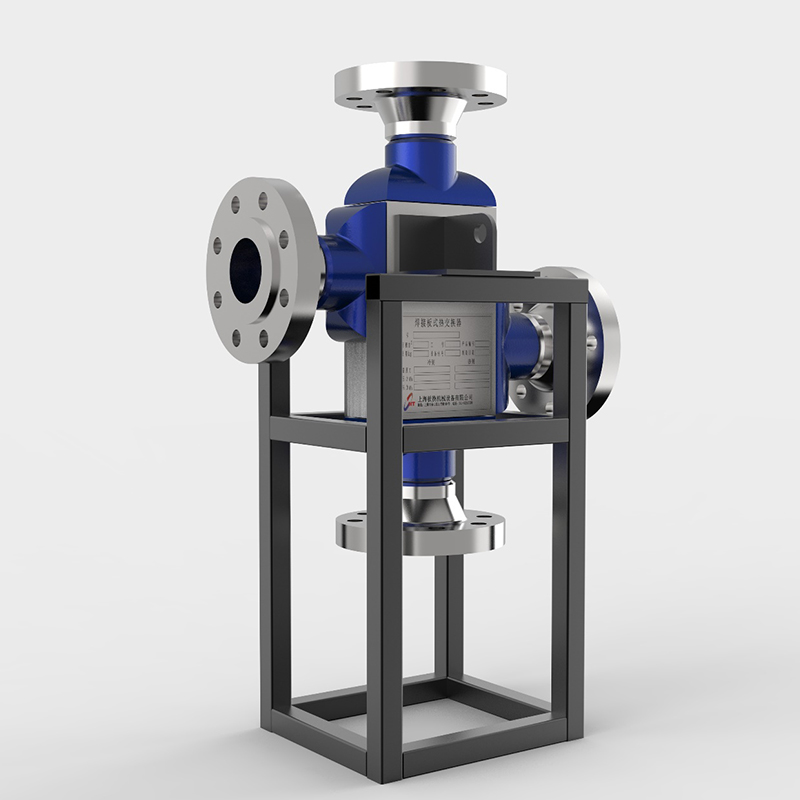5 key roles of plate heat exchanger gaskets.
Plate heat exchanger gaskets perform 5 key roles: ...
More
A hot air heat exchanger operates on the principle of transferring thermal energy from a hot exhaust stream to a cooler incoming air stream without allowing the two airstreams to mix. This process is achieved through a core, often constructed from materials with high thermal conductivity such as aluminum or stainless steel, which can be configured in plate, tubular, or heat pipe arrangements. The fundamental mechanism leverages the temperature differential to facilitate conduction and convection, effectively preheating supply air with waste heat that would otherwise be expelled into the atmosphere. This closed-loop system is critical for maintaining air purity in sensitive environments, as it prevents cross-contamination between the contaminated exhaust and the clean intake air, making it indispensable for applications requiring stringent air quality controls.
The operational efficacy of a hot air heat exchanger is quantified by its thermal efficiency, which can often reach 70% to 80% in well-designed plate heat exchangers, and even exceed 90% in certain rotary or heat pipe models when handling high-temperature processes. For instance, in paint spray booths or powder coating ovens, exhaust gases can be as hot as 150°C to 200°C. A properly sized exchanger can recover a significant portion of this energy, reducing the heating load on primary burners or electric heaters. Data from the U.S. Department of Energy highlights that industrial heating accounts for approximately 70% of total energy consumption in manufacturing, and heat recovery systems can curtail this demand by 20% to 50%, depending on the process continuity and temperature gradients. The financial payback period is typically between 6 to 24 months, driven by lower fuel or electricity costs and reduced carbon emissions, aligning with global ESG (Environmental, Social, and Governance) benchmarks and energy regulations like the ISO 50001 standard.
Implementing a hot air heat exchanger is a strategic decision for enhancing operational efficiency, reducing environmental impact, and achieving substantial cost savings. The primary drivers include stringent energy regulations, rising fuel costs, and corporate sustainability goals. In industries such as food processing, pharmaceuticals, and chemicals, where large volumes of hot air are continuously exhausted, the absence of a heat recovery system translates to paying to heat air that is simply wasted. For example, a bakery with an exhaust temperature of 250°F (121°C) can use a heat exchanger to preheat incoming combustion air from 60°F to 200°F (15°C to 93°C), drastically cutting natural gas consumption. Real-world case studies, such as those documented by the Energy Institute, show annual savings of thousands of dollars per installation, with a corresponding reduction in CO2 emissions by several hundred tons. Moreover, modern heat exchangers require minimal maintenance, are designed to handle corrosive or particulate-laden streams with specialized coatings or materials, and integrate seamlessly with existing HVAC or process heating systems, offering a reliable and scalable solution for both new builds and retrofits.
Select the most popular foreign trade service products to meet your diverse needs
Learn more about the dynamics and professional knowledge of the foreign trade industry

Plate heat exchanger gaskets perform 5 key roles: ...
More
A gasket in heat exchanger seals surfaces, blocks ...
MoreAPI 662 defines standards for plate heat exchanger...
More
You can see clear differences between welded block...
More
Ignoring a fouled heat exchanger causes high energ...
More
A heat exchanger's main parts include the heat tra...
MoreSelect the most popular foreign trade service products to meet your diverse needs
Explore more content related to foreign trade services

User Comments
Service Experience Sharing from Real Customers
Michael Rodriguez
Facility ManagerThis hot air heat exchanger has been a game-changer for our warehouse. The energy recovery efficiency is outstanding, and we've already seen a significant reduction in our heating costs. The build quality is robust and it was surprisingly easy to integrate into our existing HVAC system. Highly recommended for any industrial application.
Sarah Chen
Process EngineerWe installed this unit to recover waste heat from our drying ovens, and the performance has exceeded all expectations. The thermal efficiency is precisely as advertised. It has drastically improved our plant's overall energy footprint. The manufacturer's technical support was also excellent during the installation phase.
David Miller
HVAC TechnicianAs a technician, I'm impressed with the design and accessibility of this heat exchanger. Maintenance is straightforward, and the stainless-steel construction shows it's built to last in corrosive environments. The only reason it's not a 5 is that the initial mounting brackets could be sturdier. Otherwise, a top-tier product.
Jennifer Williams
Plant Operations DirectorOur decision to retrofit our production line with these heat exchangers is one of the best investments we've made. They are incredibly effective at capturing and reusing thermal energy, which has slashed our operational costs and helped us meet our sustainability targets. The payback period was much shorter than anticipated.